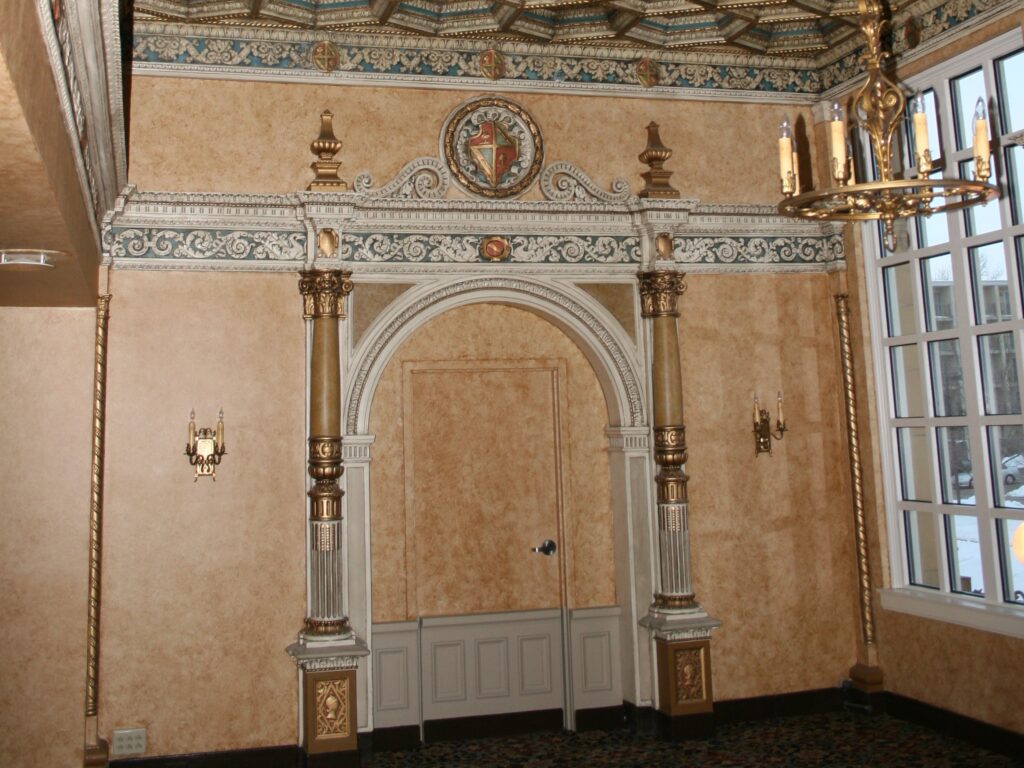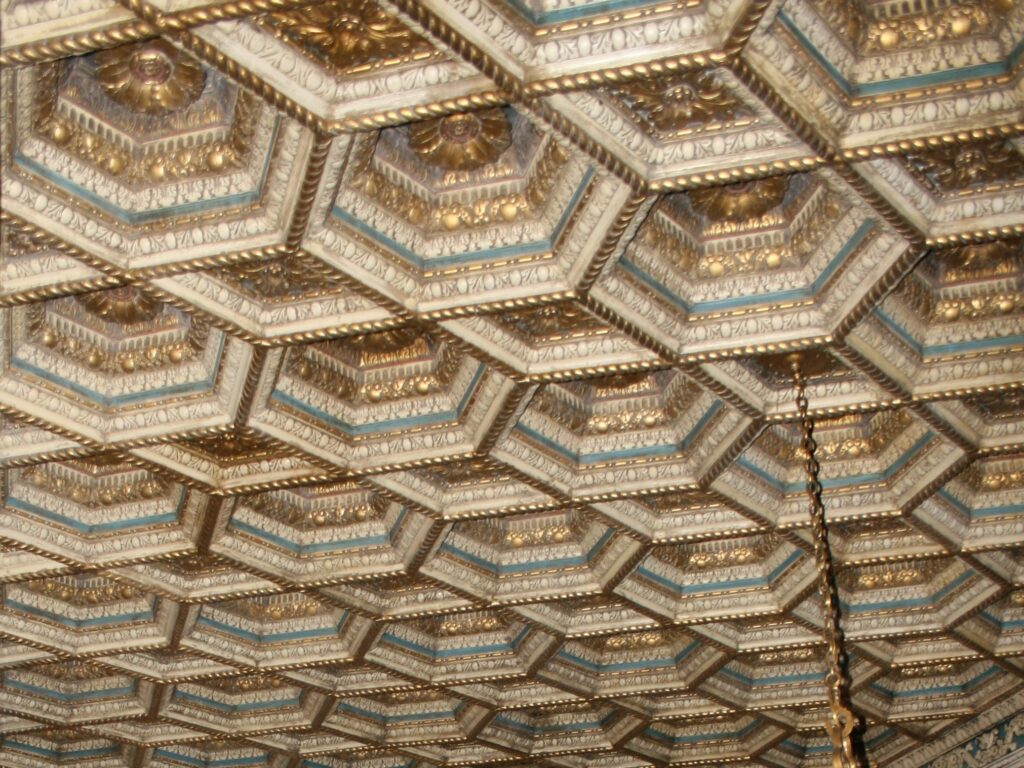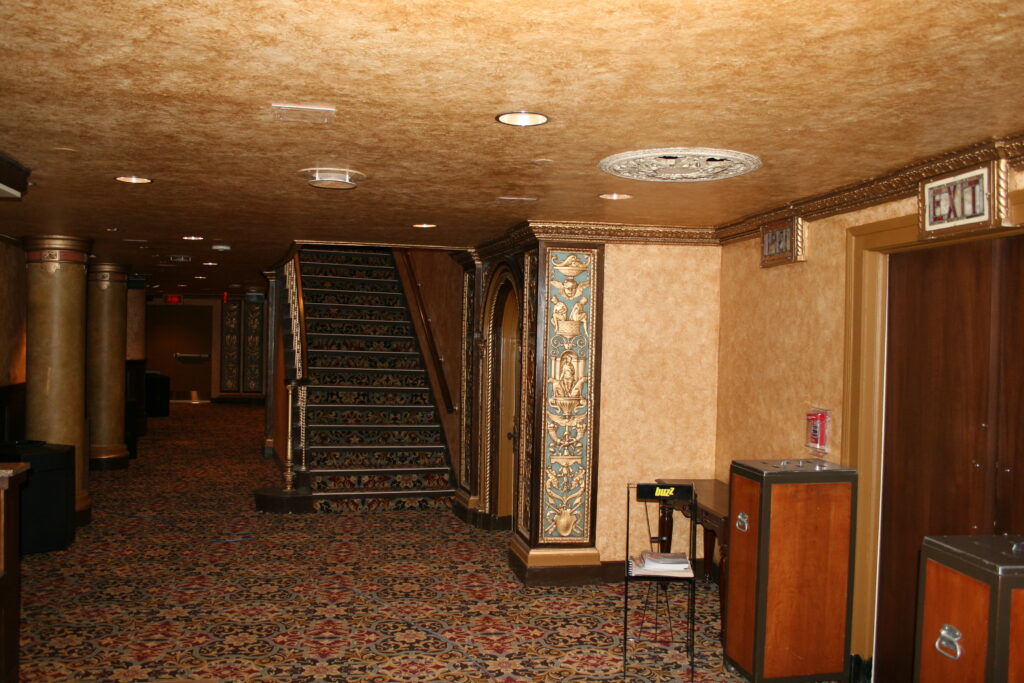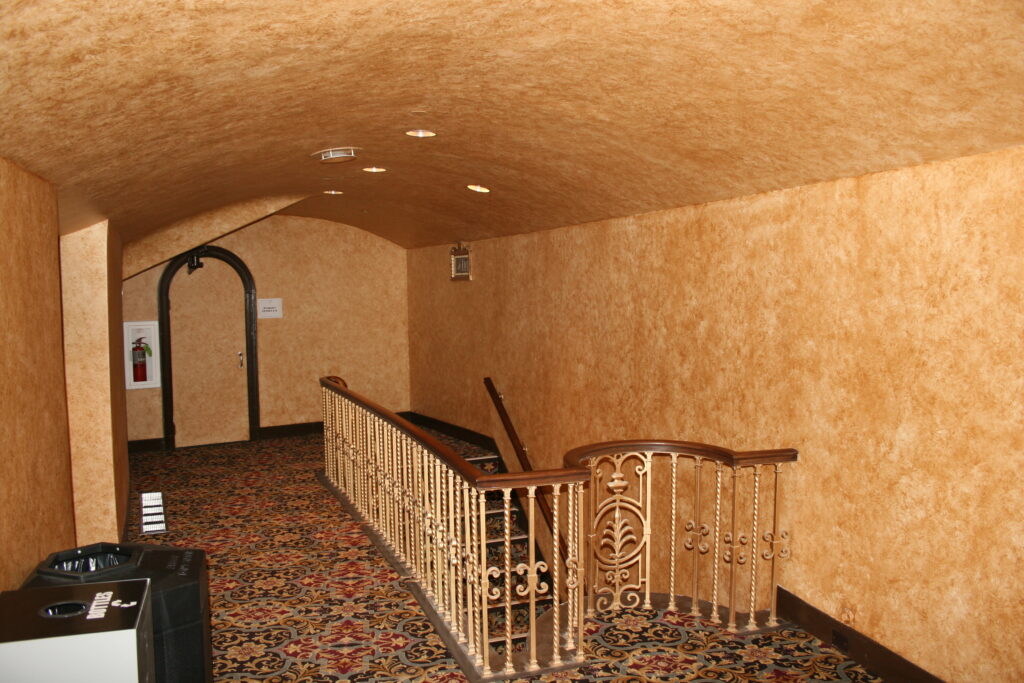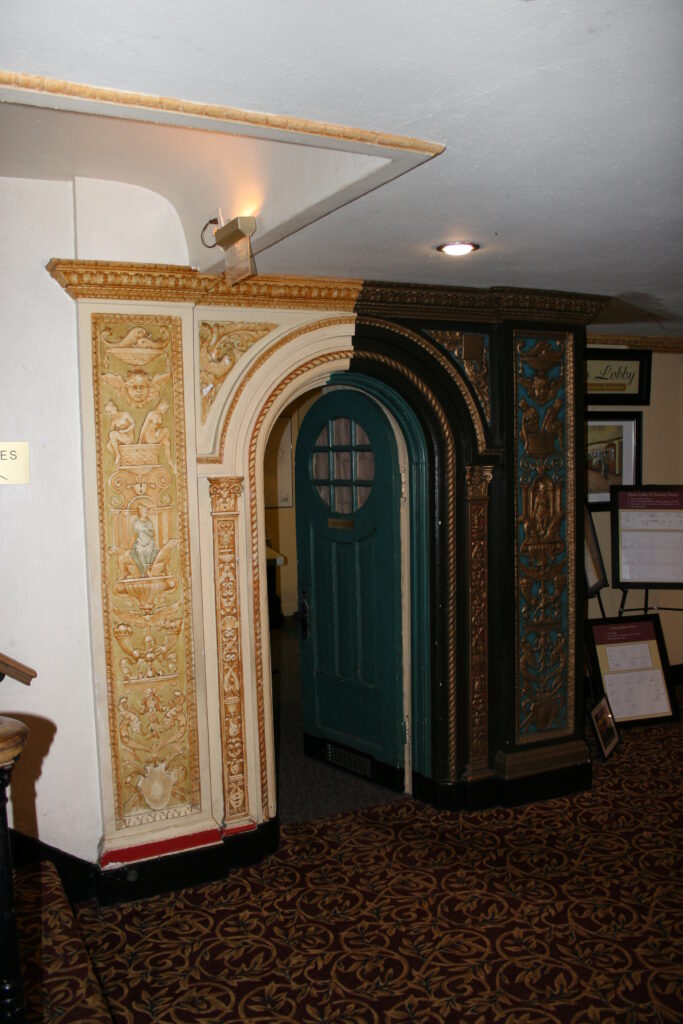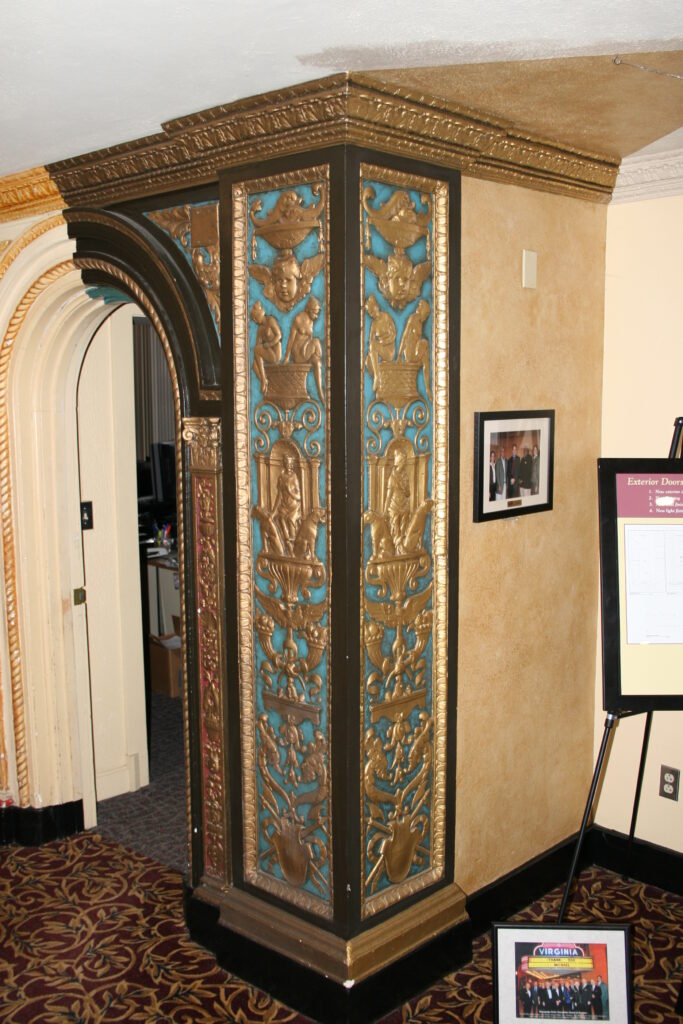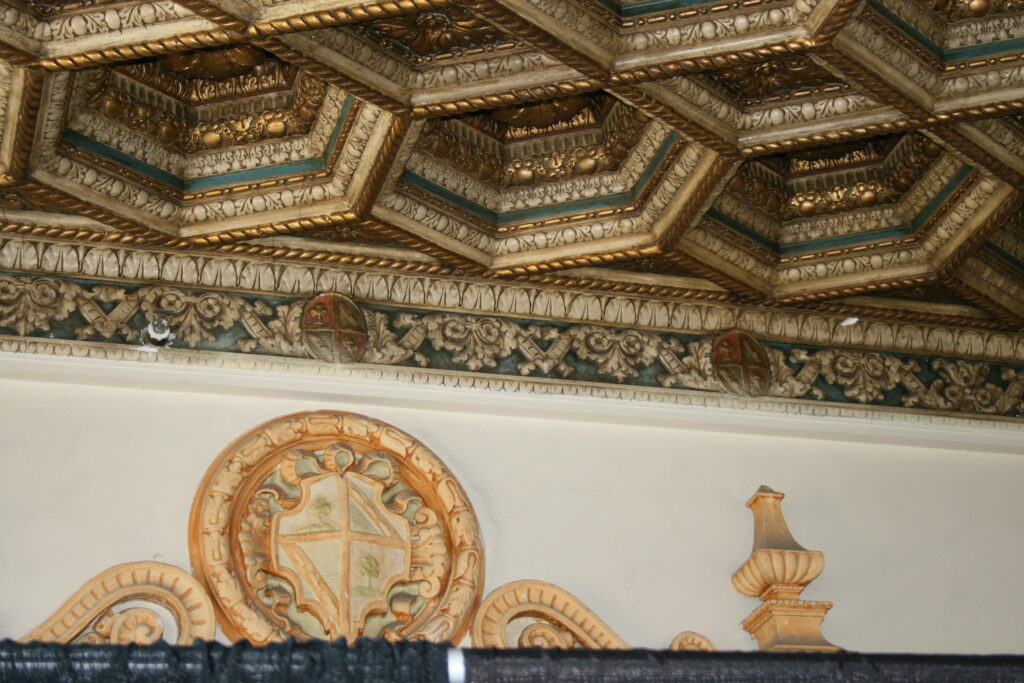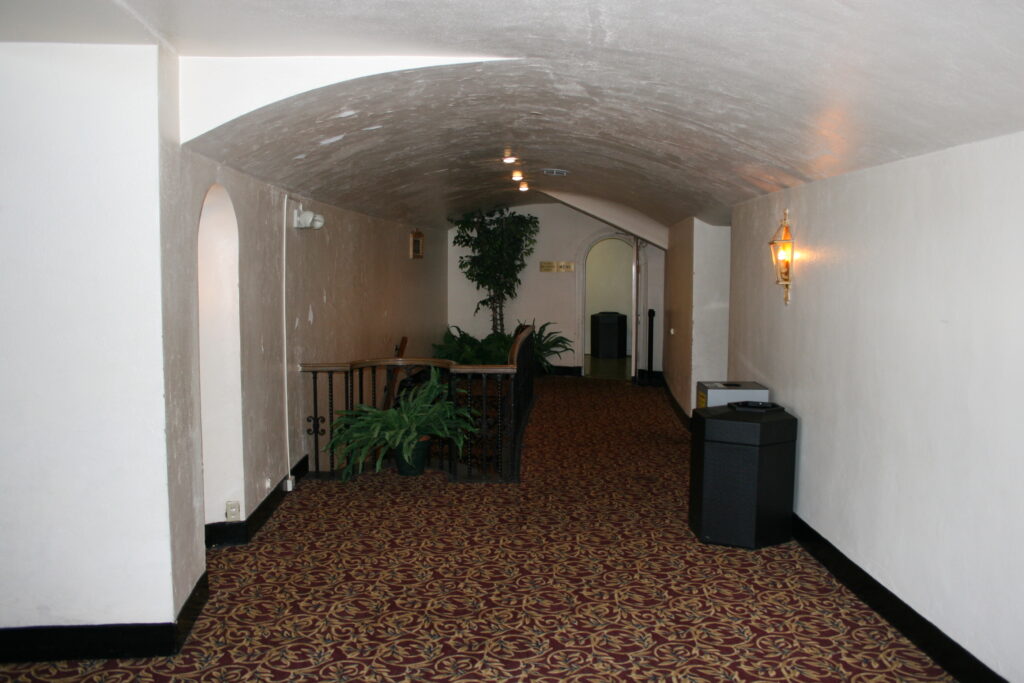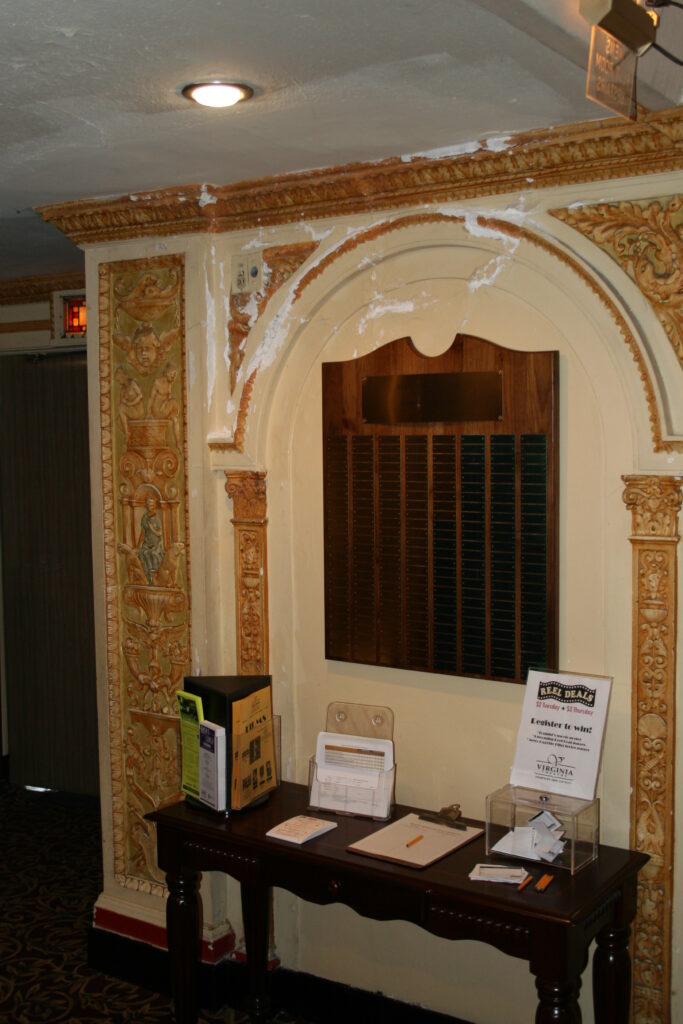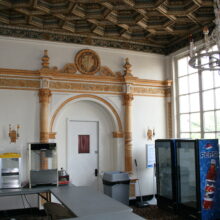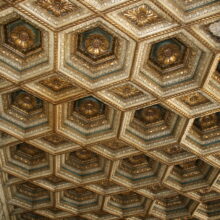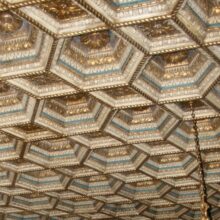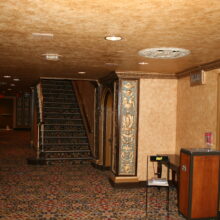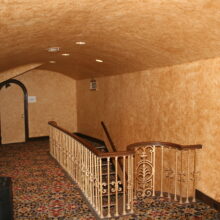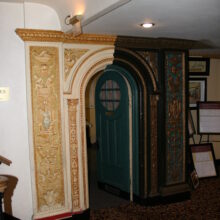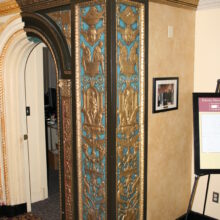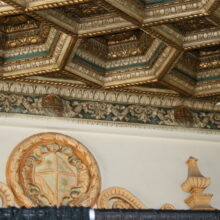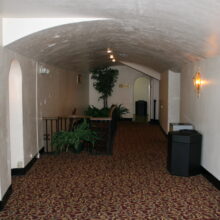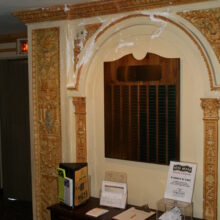Virginia Theatre
The Virginia Theatre is a Spanish and Italian Renaissance revival theatre located in Champaign, Illinois. It was founded by local resident and owner of the local Rialto Theatre Charles “C.C.” Pyle. The theatre was designed by two architects at the Crane Company, an architecture firm in Detroit, Michigan: owner Charles Howard Crane and Kenneth Franzheim. The Crane Company was prolific in the creation of movie theatres across the US, designing more than 250 including the Earle Theatre (aka the Warner Theatre) in Washington DC (1922) and the Detroit Fox Theatre in Detroit (1928). Construction of the theatre began in 1921 under the direction of local contractor and project partner A.W. Stoolman, who named it after his daughter, Elizabeth Virginia Stoolman. The theater opened on December 28 of that year, offering both Broadway and vaudeville productions, as well as movies.
The theatre was leased by the RKO Company from 1930 to 1967. RKO remodeled the theatre twice during that time. In 1939 new seats were added, the back wall of the auditorium’s main hall, originally open to the lobby, was closed off, and a new Art Deco style marquee was installed on the façade. In 1955 the theatre’s foyer, front doors, and box office were remodeled. In 1968 the Kerasotes Theater Company purchased the Virginia, adding it to their successful national chain; they operated the theatre until 1992. In 1995 the theatre was purchased by the non-profit The Virginia Theatre Group, who was formed to oversee restoration and management of the theatre using a loan from the city. Ownership was taken over by the Park District in 2001 and the Friends of Virginia Theatre was formed to raise funds for the restoration. To aid in their efforts, the building was added to the national register of historic places in 2003. However, it wasn’t until 2010 that major restoration efforts could commence.
EverGreene was contracted to perform two tasks. The first was to conduct a finishes investigation and microscopic analysis, as well as perform a cursory condition survey of the existing interior finishes in the Murphy Theatre’s first and second floor lobbies. The purpose was to support renovation efforts by documenting the historic color palettes and decorative motifs, as well as to document the current conditions of the remaining flat and decorative plasterwork. Most of the architectural elements had been repainted at least once, either as part of the 1955 remodeling or smaller maintenance painting campaigns. A few limited elements still exhibited their original finishes. The second task was the actual conservation and restoration efforts of select interior plaster elements and decorative finishes in the two lobby spaces. Historic plaster was stabilized and consolidated. Major areas of loss was infilled with compatible materials. New ornamental plaster was fabricated to repair severely water damaged areas; the damaged materials were removed, new pieces were produced, and installed. Any new plaster or historic loss was in-painted, re-gilded, and/or re-glazed to match the adjacent historic material.

